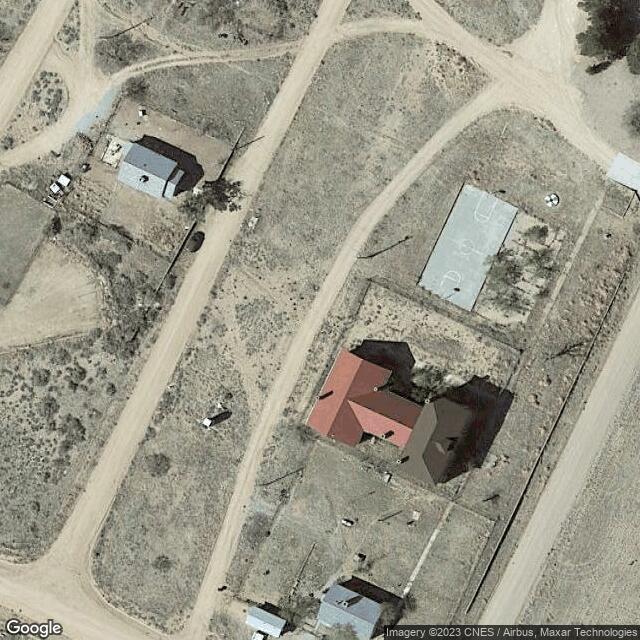
Abandoned Schoolhouse at Truxton Canyon Training School AZ
Motorcyclist Map

Places Filter: Historic
View In Google Maps: https://goo.gl/maps/7LEHaCSpZkiYKmHGA
Description: The abandoned schoolhouse at Truxton Canyon Training School in Arizona holds historical significance related to Native American education and the history of the Truxton Canyon Indian School. Here's more information about it: Location: Truxton Canyon Training School is situated in Truxton, Arizona, and was once a federally operated Indian boarding school. Historical Context: Indian boarding schools were established in the United States in the late 19th and early 20th centuries as part of the federal government's assimilation policy towards Native American communities. These schools aimed to erase indigenous cultures and languages through education and forced assimilation. Truxton Canyon Indian School: The Truxton Canyon Indian School was one such institution, operated by the federal government to provide education to Native American children from various tribes in the region. The school was in operation from the early 1900s until it closed in the mid-20th century. Abandoned Schoolhouse: The abandoned schoolhouse at Truxton Canyon Training School is a physical reminder of this historical period. It may be a decaying structure or ruins that once served as a place of education for Native American children. Historical Significance: The schoolhouse represents a complex and often painful chapter in Native American history. Many Native American children were forcibly separated from their families and communities, subjected to strict discipline, and discouraged from practicing their cultural traditions. Preservation and Recognition: Efforts may be made to recognize and preserve such historical sites to ensure that the history and experiences of those who attended the school are not forgotten. In some cases, these sites may be listed on historical registers or become part of educational programs. Community and Cultural Importance: Native American communities may have a strong interest in preserving the memory of these schools and using them as educational tools to teach younger generations about their history and resilience.